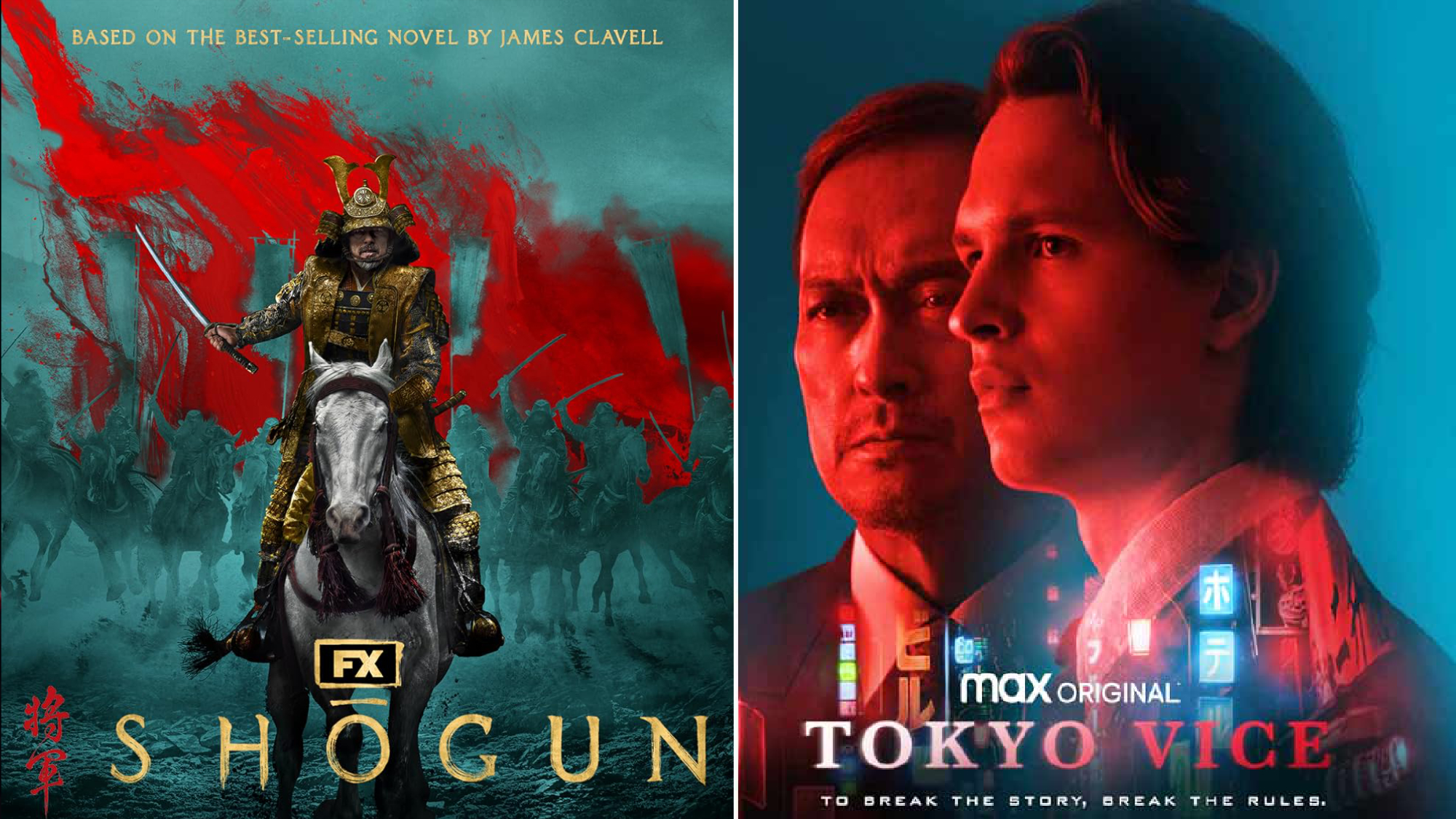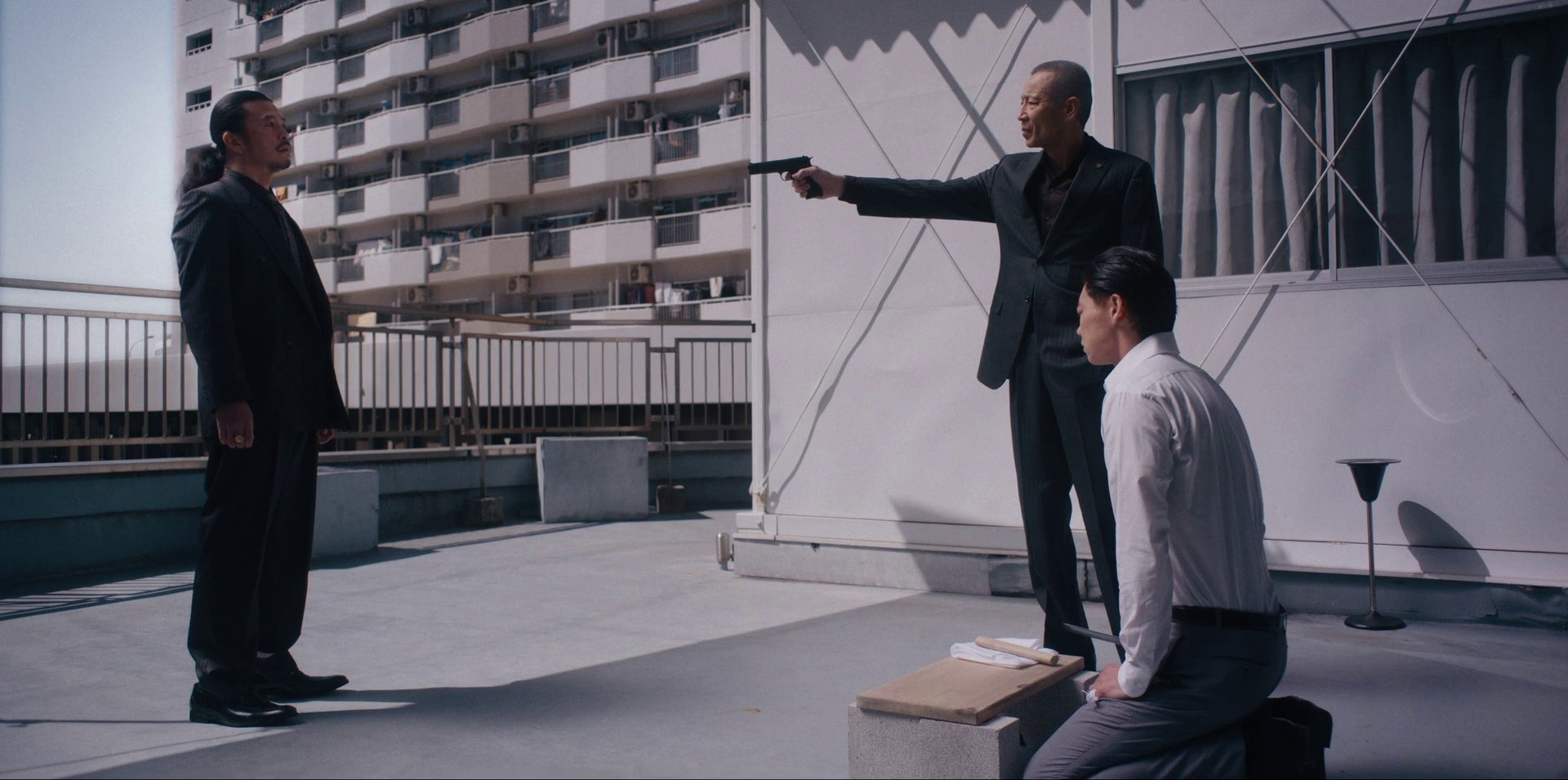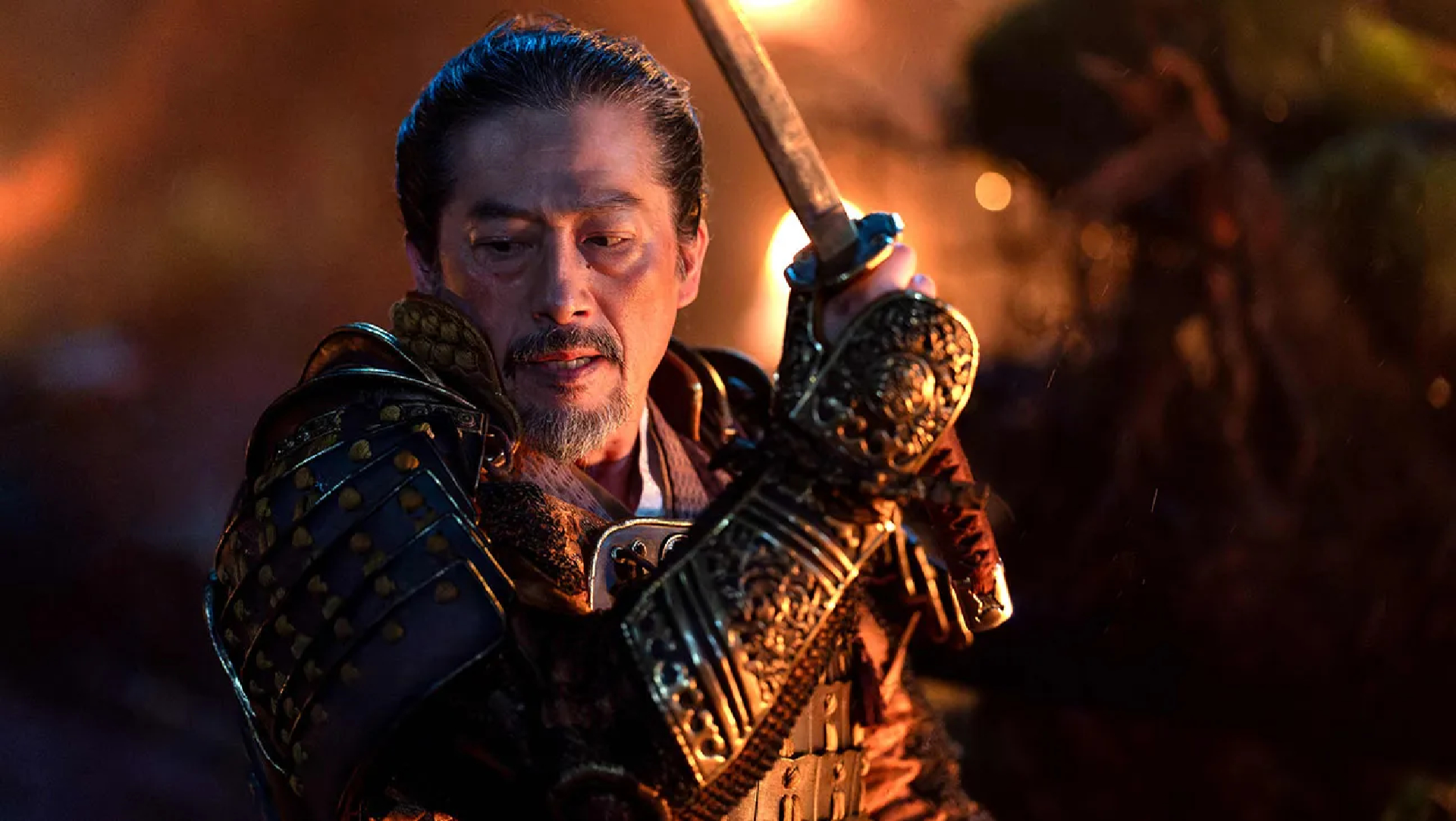
Japan — it’s a tantalizing place fueled by the strange curiosities of anime, otherworldly delicatessens, and the constant bustle of work, work, work. The late Anthony Bourdain may have said it best in the opening monologue of one “Parts Unknown” episode aptly set in Tokyo, Japan:
“For those with restless, curious minds, fascinated by layer upon layer of things, flavors, tastes and customs which we will never fully be able to understand, Tokyo is deliciously unknowable.”
Drawing this unknowing out in expert fashion are two of the biggest shows on TV right now, Hulu’s “Shogun” and Max's “Tokyo Vice.” Both are vastly different portrayals, opposite sides of the same coin that is Japan, showcasing a rich and beautiful history with a pureness that’s ripe for the ever-wary travelers out there.
On one side is the neon-soaked crime thriller of “Tokyo Vice,” which follows in the wake of its namesake taking up “Miami Vice” showrunner Michael Mann as producer, dropping viewers into the Yakuza-ruled world of Tokyo. On the other is the Bushido-based period piece of “Shogun” that follows Lord Yoshii Toranaga in a hard-fought quest to gain control of Japan.
Both, though veering slightly from reality, take inspiration from true historical events — particularly power struggles that wracked Japan in the 1990s and 1600s, respectively. Their immediate success, with “Tokyo Vice” now halfway through its second season and “Shogun” sealing itself into the annals of history with a 9.2 rating on IMDB, proves Japan is a setting totally worth its enigmatic thunder — and more like them should follow suit.
Where criminality and honor converge
“Tokyo Vice” on Max sports the backdrop of 1990s Japan starring Ansel Elgort as Jake Adelstein, an up-and-coming news reporter at the fictional Meicho Shimbun. Elgort is joined by the Japanese native Ken Watanabe, who plays a respected detective in the organized crime division of Tokyo’s Metropolitan Police Department, named Hiroto Katagiri.
Katagiri and Adelstein join forces in an attempt to bring to light the Yakuza’s ever-growing foothold over Tokyo, which is largely being led by the ruthless Shinzo Tozawa. Though most of the story is loosely based on real events, the character names (aside from Adelstein himself) have been altered and much of the narrative has been dramatized for added effect.
Despite this, “Tokyo Vice” still does a great job of showcasing each and every angle of 1990s Japan — from the stringent inner workings of a Japanese newspaper to the criminal underpinnings of the Yakuza upheld by a deeply honorable code. It’s an expert look back in time, pulling viewers into the real power struggles that saw varied Yakuza organizations fighting for control over Tokyo.
The story is inspired by Jake Adelstein's memoir, "Tokyo Vice: An American Reporter on the Police Beat in Japan," wherein he details his time in the country as a reporter at one of its most respected newspapers — a feat few (if any) foreigners have achieved since. It's an expert look into Japan's tight-knit culture, one that is also expressed plainly through the crime syndicates and their interwoven respect.

This painting of the Yakuza proves to be the shining feat of "Tokyo Vice." Viewers are drawn into this underworld by the aspiring enforcer named Sato of the Chihara-Kai clan, which is led by the honorable Hitoshi Ishida. Without getting too much into spoiler territory, the latest episode of "Tokyo Vice" really nails down this relationship between Sato and his Oyabun and proves just how much this crime thriller ranks among the best shows on Max.
It will be extremely exciting to see where the story goes next as the Tokyo Metropolitan Police force — aided by Adelstein — seek to bring an immediate end to these criminal organizations and their deadly infighting. Despite it's focus on this nature of criminality, I feel "Tokyo Vice" still gives Japan that special limelight and presents its culture in such fascinating ways that more shows need to emulate.
The way of the sword

Spanning from around the year 1185 to 1868, Japan was embroiled in a military dictatorship spurned by consistent infighting and political malfeasance. This era would find its lasting memory and cultural touchstone when the battle of Sekigahara was won by the great Tokugawa Ieyasu — for which Hulu’s “Shogun” takes up most of its inspiration and Hiroyuki Sanada’s Lord Yoshii Toranaga himself is loosely based upon.
The real Lord Ieyasu would later devise the so-called Bakufu, which translates to “tent government,” pertaining to an official system that formalized social governance and administration following several eras fueled by constant war. As the country’s newly-seated Shogun — hence the show’s title — Lord Ieyasu would be the one to inevitably lead Japan into a period of nearly 300 years of peace.
“Shogun” isn’t exactly a mirror to these real-world events, but presents them in a way that is captivating and far easier to follow for Western audiences. Think of Hulu’s “Shogun” as a pseudo “Game of Thrones” dramatization of that history, taking up several bits of inspiration presented in Giles Milton’s “Samurai William: The Englishman Who Opened Japan.”
"Shogun" has received immediate acclaim and recognition not just as one of the best shows on Hulu — but potentially among the best shows period. It's proving to be quite the experience to follow for those who aren't even fascinated by Japanese culture — and for those who are, they get to bask in this incredible time period, one that gives the show its meaningful backbone.
It's also quite telling to me that two of the most popular shows set in Japan right now are led by the most well-known Japanese stars of our time, those being "Shogun's" Hiroyuki Sanada and "Tokyo Vice's" Ken Watanabe — both of whom made everlasting appearances in the 2003 hit "The Last Samurai."
With such powerful shows like these taking center stage and shining the spotlight on Japan, more should follow in their footsteps. This beautiful country is full of incredible, interesting histories to explore, places to lose oneself in, and imagination writ large. Japan's almost like an escape into a fantasy plain, a strip of land that is host to fascinations and culture that will leave even the most indifferent of adventurers breathless.
Through all of the real-world strife as shown in such series as "Tokyo Vice," "Shogun" and well beyond, the country remains emphatically all its own and seeks to keep tradition at the forefront of its culture. More shows like these should take up the lessons presented in them, ensuring Japan's rich culture stays as true to itself on-screen as it is in the annals of history.
More from Tom's Guide
Sign up to get the BEST of Tom's Guide direct to your inbox.
Get instant access to breaking news, the hottest reviews, great deals and helpful tips.

Ryan Epps is a Staff Writer under the TV/AV section at Tom's Guide focusing on TVs and projectors. When not researching PHOLEDs and writing about the next major innovation in the projector space, he's consuming random anime from the 90's, playing Dark Souls 3 again, or reading yet another Haruki Murakami novel.
-
VicTheCat I don't agree that the success of these streaming shows is because of the rich Japanese heritage.Reply
Yes Japanese heritage and history has an expensive rich and colorful background.
But good story telling that isn't woke or filled with ideology or just plain crap will fix the streaming services profitable and membership problems.
Regards,
The Cat -
timwhite76 Japan is an interesting setting, but it's incidental. The shows are popular because they're actually well done. Well, at least Shogun is, I've never watched the other one. The rational behind the idea that it's because of the setting that makes it good ia the very reason why everything else falls between mediocre and terrible. The studios thought that the settings were all that mattered: the MCU, Star Wars, LOTR, etc. That clearly isn't the case.Reply


